Within a year of being elected leader of the Conservative party, David Cameron made clear the importance with which he viewed Anglo-Indian relations: “I attach the highest priority to Britain’s relationship with India. For too long, the politics of this country has been obsessed with Europe and America.” That he meant business was underscored by the 2010 Tory general election manifesto which promised a “new special relationship with India”.
The British head of state Queen Elizabeth ratified an “enhanced partnership” with India in her speech at the opening of parliament. Cameron, now prime minister, rushed to Delhi, where India endorsed the idea, but did not really execute it. The emergence of the British Gujaratis’ favourite Narendra Modi to power in 2014 revived hopes in Whitehall, but he, too, disappointed.
Then, not entirely unexpectedly, Boris Johnson received a phone call from Modi wherein, according to the Indian Ministry of External Affairs, they “agreed that there was tremendous potential for enhancing collaboration”. Downing Street corroborated: “The Prime Minister stressed the importance of improving bilateral trade and investment flows”. Modi also invited Johnson to be the chief guest at India’s Republic Day celebrations on 26 January – a singular honour in Indian diplomatic parlance and not accorded to any British premier other than John Major in 1993.
Modinomics had progressively wrecked a once booming Indian economy even before coronavirus revealed its ugly face. In an interview last week, the head of emerging markets at J P Morgan Dr Jahangir Aziz forecast: “Six quarters from now India’s GDP will still be about 7 per cent below the pre-pandemic path.” Besides, Chinese troops breached Indian territory in May and are yet to retreat behind what was respected as the Line of Actual Control (LAC) between the two countries. They also killed 20 Indian soldiers in a barbaric duel between the two sides.
The consequent sharp decrease in New Delhi’s trust in Beijing has naturally impacted on mutual trade, which accounted for around 20 per cent of India’s external commerce. Since relations with the United States, Germany, France, Russia and Japan have followed a relatively rising trajectory, Britain was among the few untapped economic and strategic options remaining for India to tackle the unravelling China situation.
Kevin McCole, managing director of UK India Business Council, said the planned Anglo-Indian Enhanced Trade Partnership (ETP) – expected to be announced during Johnson’s visit – will set out “a roadmap to an FTA (free trade agreement)”. He disclosed the ETP would cover “tariffs, trade in goods and services and investment”. Sources close to the negotiations indicated lowering of duties on export of Scotch whisky (now at 150 per cent) and Indian textiles are on the cards.
McCole underlined: “In a digital world, where goods supply chains are increasingly regional rather than global, it is clear that IP-rich innovations, technology transfer and digital services are going to drive the future trading partnership between the UK and India.” In other words, an FTA between the two nations is at best a few years away. India and the European Union have been wrangling over such a treaty for 13 years without appreciable advance.
McCole further cautioned: “It’s important to recognise that the UK-India trade and investment relationship will not all be plain sailing… There remains some concern that Atmanirbhar Bharat (or Modi’s import substitution policy labelled self-reliant India) could lead to protectionist measures”.
But the common concern over China could turbo-charge defence cooperation. Modi’s preferred approach has been government-to-government transactions. Rahul Roy-Chowdhury, senior fellow for South Asia at the International Institute for Strategic Studies, remarked: “The UK does not, as yet, have such a framework for arms sales, relying instead on commercial-led transactions.” He added a draft agreement to correct this is on the anvil and “deliverable during Johnson’s trip”.
A British Aerospace & Defence Industry Group highlighted as “key campaigns” Indian requirements of multi-role combat aircraft, light combat aircraft, a joint venture submarine project and a second Indian-made aircraft carrier and partnerships with Indian public sector undertakings. A memo flagged as “sensitive” distributed by the UK’s Foreign and Development Office this month also alerted British defence manufacturers on leasing opportunities along the lines of Russia contracting out six nuclear-powered submarines for 10 years for a tidy $3 billion.
Britain, too, has been stung by China disregarding its commitment to maintain Hong Kong’s non-communist system for 50 years after the 1997 handover by centralising administration of justice in the island. Johnson informed Modi Britain’s new aircraft carrier HMS Queen Elizabeth with two anti-aircraft destroyers and an equal number of anti-submarine frigates will set sail for the Indo-Pacific in its maiden voyage in spring and perhaps rendezvous with the Indian Navy for an annual joint exercise that is due. As No. 10 put it, this “re-emphasised the UK’s commitment” to the region. An exchange of intelligence, which the UK denies to India on Pakistan, is on the drawing board. It would be a demonstration of resistance to China, which under President Xi Jinping, has reincarnated Maoist hostility towards the world with an economic and military might Mao Zedong never possessed.
In the event the new variant of Covid-19 postpones the Delhi summit, the envisioned alliance will still proceed. Johnson and Modi, though, have established a track record of promising plenty and furnishing a famine. Neither the British nor the Indian people can afford such under-achievement.
Got something to add? Join the discussion and comment below.
Get 10 issues for just $10
Subscribe to The Spectator Australia today for the next 10 magazine issues, plus full online access, for just $10.

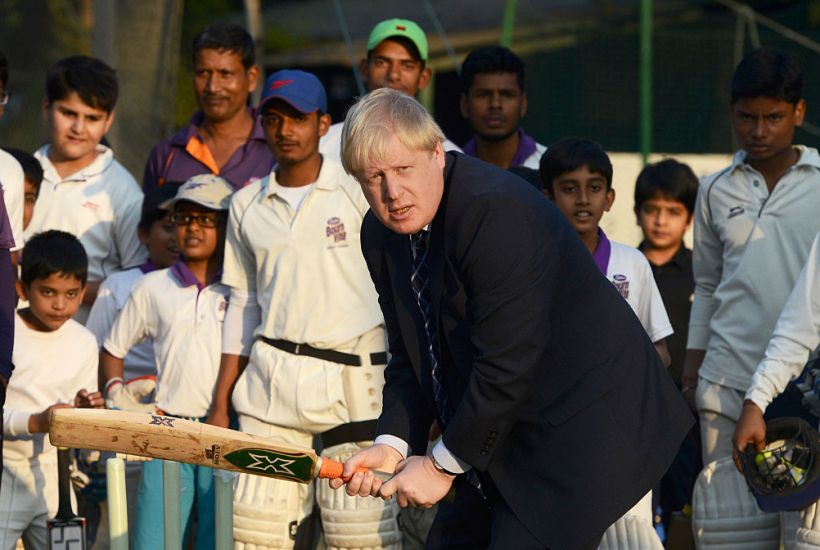
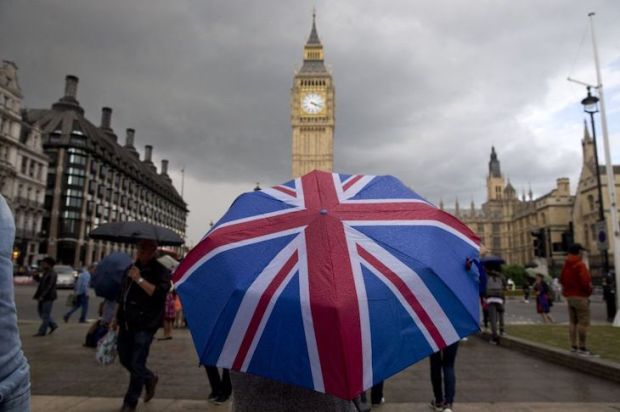
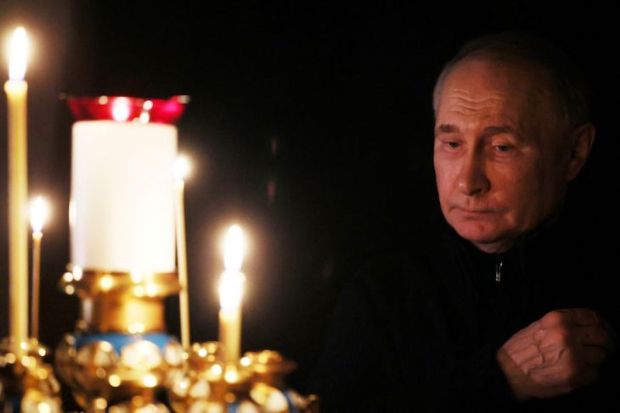
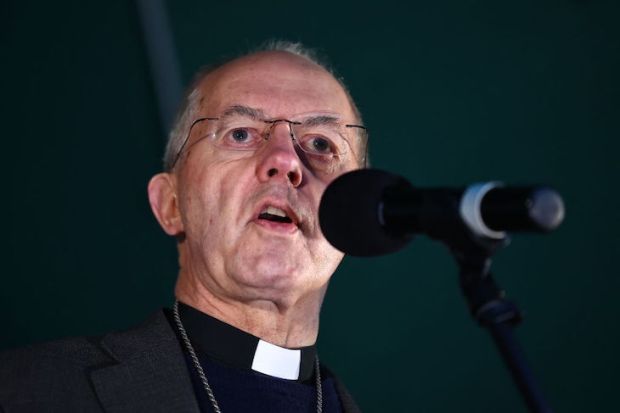
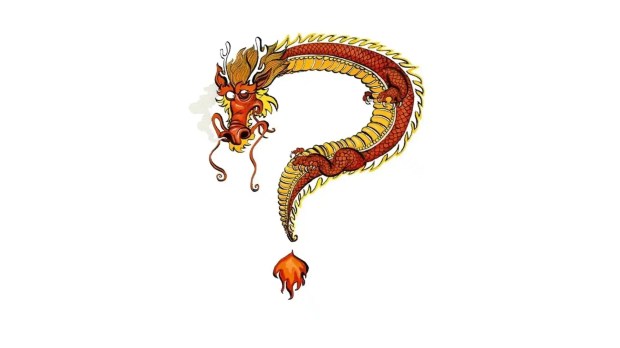
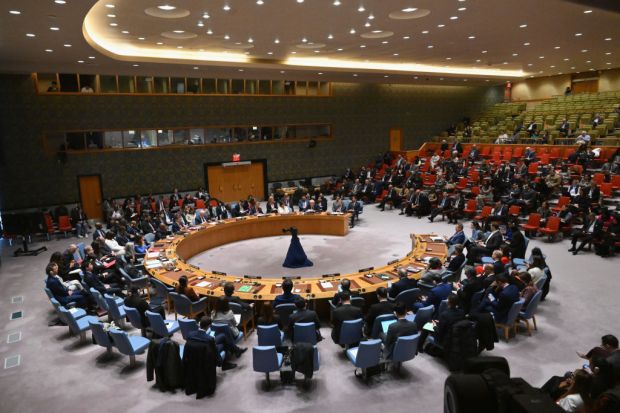
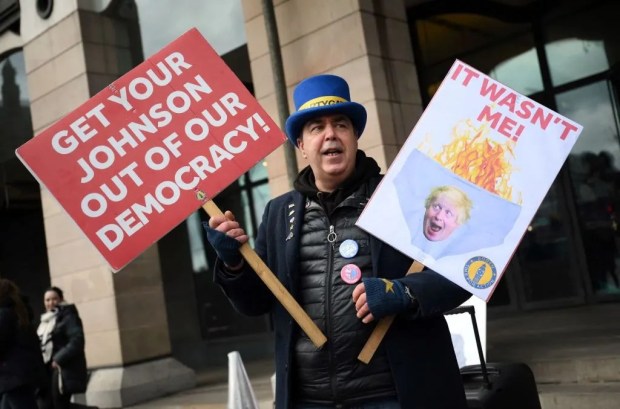












Comments
Don't miss out
Join the conversation with other Spectator Australia readers. Subscribe to leave a comment.
SUBSCRIBEAlready a subscriber? Log in